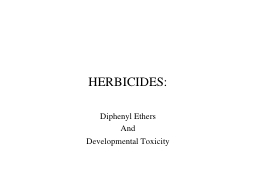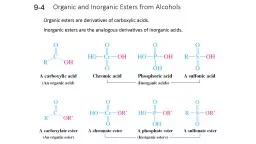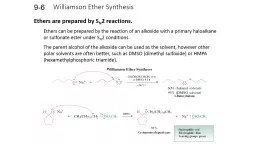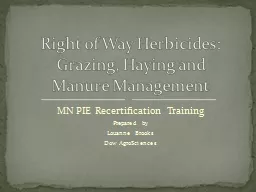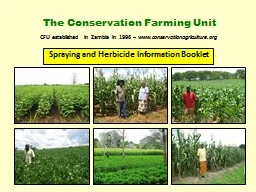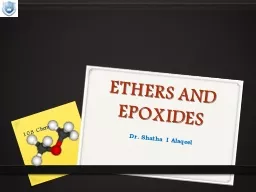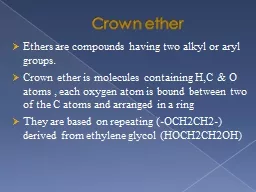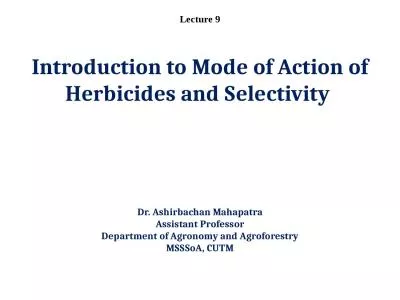PPT-HERBICIDES: Diphenyl Ethers
Author : udeline | Published Date : 2023-07-17
And Developmental Toxicity DIPHENYL ETHER HERBICIDES Contact herbicides Readily absorbed by roots leaves Limited translocation Preemergence or early postemergence
Presentation Embed Code
Download Presentation
Download Presentation The PPT/PDF document "HERBICIDES: Diphenyl Ethers" is the property of its rightful owner. Permission is granted to download and print the materials on this website for personal, non-commercial use only, and to display it on your personal computer provided you do not modify the materials and that you retain all copyright notices contained in the materials. By downloading content from our website, you accept the terms of this agreement.
HERBICIDES: Diphenyl Ethers: Transcript
Download Rules Of Document
"HERBICIDES: Diphenyl Ethers"The content belongs to its owner. You may download and print it for personal use, without modification, and keep all copyright notices. By downloading, you agree to these terms.
Related Documents

